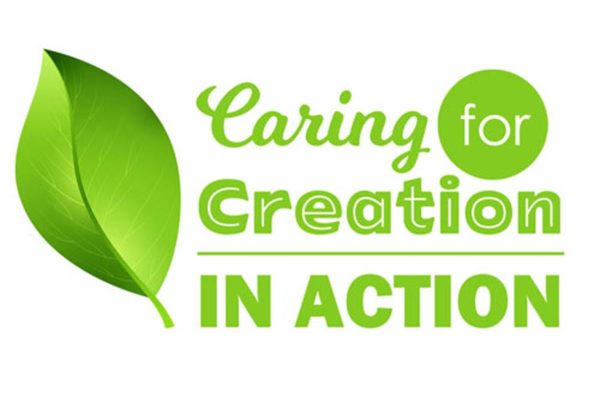
Zero Waste
“We don’t need a handful of people doing zero waste perfectly. We need millions of people doing it imperfectly.”
– Anne-Marie Bonneau
Zero Waste 101: Everything You Need to Know
Quick Key Facts
- Zero waste dates back to the 1970s when the term was coined by chemist Paul Palmer.
- Today, zero waste includes the 5 Rs: refuse, reduce, reuse, recycle and rot.
- A zero-waste approach can reduce waste management emissions by 84%.
- About 146 million tons of waste end up in landfills in the U.S. alone each year.
- Food is the largest component of landfilled waste, about 24%.
- The U.S. food system requires 10.11 quadrillion British thermal units (Btu) of energy.
- Clothing production requires 79 billion cubic meters of water per year.
- Global e-waste reached 53.6 million metric tons from 2010 to 2019.
- Recycling produces about nine times more jobs than landfill disposal.
- Composting produces about double the amount of jobs that landfill disposal requires.
What is Zero Waste?
You’ve likely heard the old adage, “reduce, reuse, recycle.” While this has been a cornerstone of sustainability, with many kids hearing this golden rule over the years and repeating these steps well into adulthood, there’s a more updated framework that can help consumers strive for zero-waste lifestyles.
Zero-waste refers to principles of minimizing waste production as much as possible. Béa Johnson of Zero Waste Home calls the framework for zero-waste the 5 Rs:
refuse, reduce, reuse, recycle, and rot.
In reality, before the rise of plastic production in the mid-20th century, many people naturally followed a zero-waste approach to waste management. But human dependence on plastic, a material that doesn’t easily or quickly break down, has left us with landfills and oceans full of trash.
The idea of zero-waste is to produce as little waste as possible, to begin with. Then, with any waste that is generated, compost, reuse, or recycle whatever is left.
How the Zero Waste Movement Started
Throughout history, zero-waste living was the norm. Rewearing your clothing, preserving food or eating all of the food you purchased, hunted, gathered, or grew, repairing tools and furniture, and reusing items as much as possible were typical for many people.
But as plastic use increased in the 1960s, humans began quickly generating massive amounts of trash. A rise of “throwaway” culture took hold, where people found convenience in tossing out plastic dining ware or food packaging.
This approach has extended to many types of products. Phone breaks? Toss it and buy the latest model. Favorite T-shirt rips down the side? Toss it out and buy a replica. Food waste on your plate? Dump it in the trash, rather than fussing with a smelly compost pile.
But all of this waste and consumption has major impacts on the environment and climate change. Waste ends up in landfills, polluting cities, and ecosystems, or floating in garbage patches in the oceans. More resources are required and more emissions are emitted as humans source materials and make more and more goods for people to buy.
Repairing and reusing your items, recycling, composting and refusing excess items you don’t need, all have many benefits. These actions can save individuals money and even generate more jobs for local economies compared to conventional disposal, while also saving Earth’s resources, minimizing greenhouse gas emissions, and improving relationships within communities.
Reduce and Refuse
Rather than trying to correct overconsumption through recycling and composting, we should start by focusing on consuming less. Reducing the amounts of goods we consume, and waste, is a critical step in zero waste. When it comes to refusing, you can practice saying “no” to any unnecessary items, like plastic utensils with your take-out food or free plastic pens from the bank.
Avoid Buying Single-Use Items
Single-use items are designed for convenience, but they also amount to a lot of waste. Unless you need single-use items, avoid buying or using them as much as possible. That might look like bringing a reusable travel mug to your favorite coffee shop or packing reusable utensils in your bag.
Recycle
Many people are familiar with recycling, and if you don’t already, you should start. Set up a small bin or multiple bins in your home to organize and hold recycling, then drop it off in your property’s blue bin or to a place in your community that collects recycling.
While recycling is an important component to zero-waste living, the focus should first be on reducing consumption, reusing items you already own, and repairing broken items first. Recycling is a second-to-last resort before sending anything to a landfill.
Post Date: February 17, 2023
